With the recent release of the incredible The Legend of Zelda: Tears of the Kingdom, the gaming world is now once again obsessed with all things Hyrulian. Any new The Legend of Zelda title from Nintendo makes most gamers sit up and pay attention. The series regularly introduces innovations that go on to be copied by the rest of the industry, often sets a high graphical bar, and has some of the most rigorously designed worlds in video games.
Before we begin, it should be underlined that we’re only ranking the canon Zelda titles. These 20 games are the ones listed in the official timeline laid out by the Hyrule Historia, so we won’t be covering the terrible CD-i games, either of the Hyrule Warriors titles or Freshly-Picked Tingle’s Rosy Rupeeland (which is actually pretty good).
I’ve played all these games from start to finish over the last few years, so let’s raise the Master Sword high and begin!
20. Tri Force Heroes (3DS, 2015)
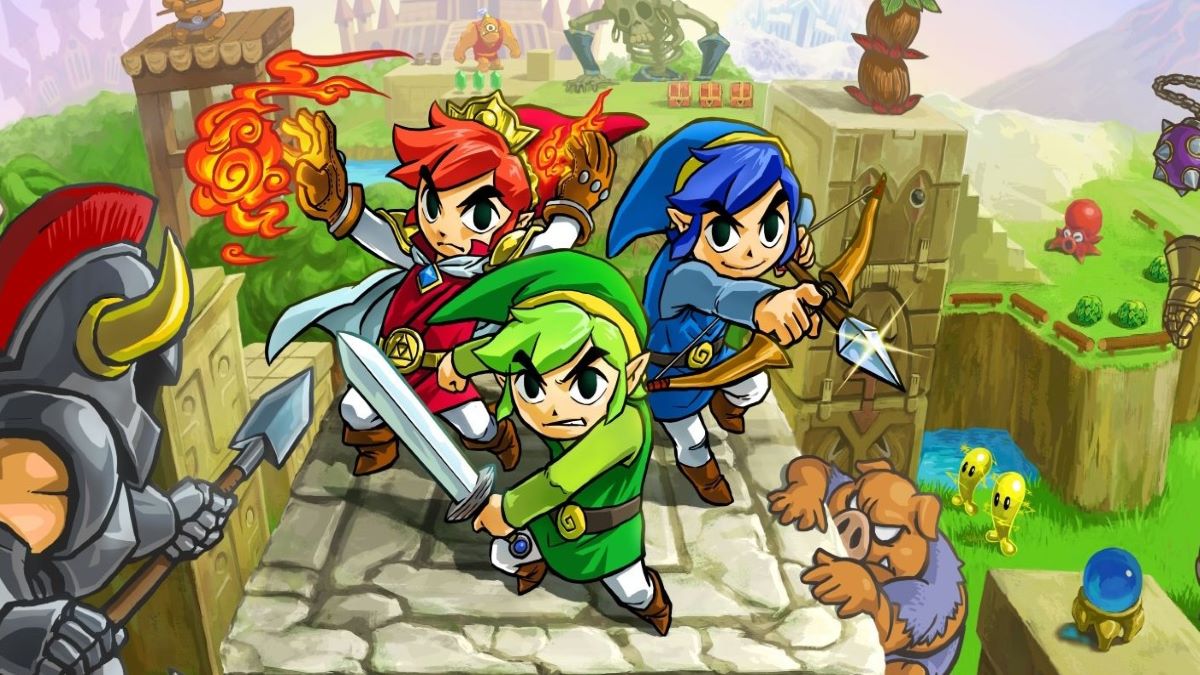
There have been a surprising number of multiplayer-focused Zelda titles, but this is by far the worst. The game sees three Links journeying to Hytopia to deal with a fashion crisis and cooperate to get through various dungeons. With three local players the game just brushes up against being mediocre, but in its single-player mode where your companions are replaced by doll-like “Doppels” it’s just outright bad.
The worst part is that, for some reason, multiplayer is restricted to three players and there is no two-player mode. There’s an online mode to find other players to fill out the team, though it’s now abandoned and even when it was working, trying to get three strangers to cooperate on puzzles was like herding cats. Bottom of the pile.
19. Phantom Hourglass (Nintendo DS, 2007)
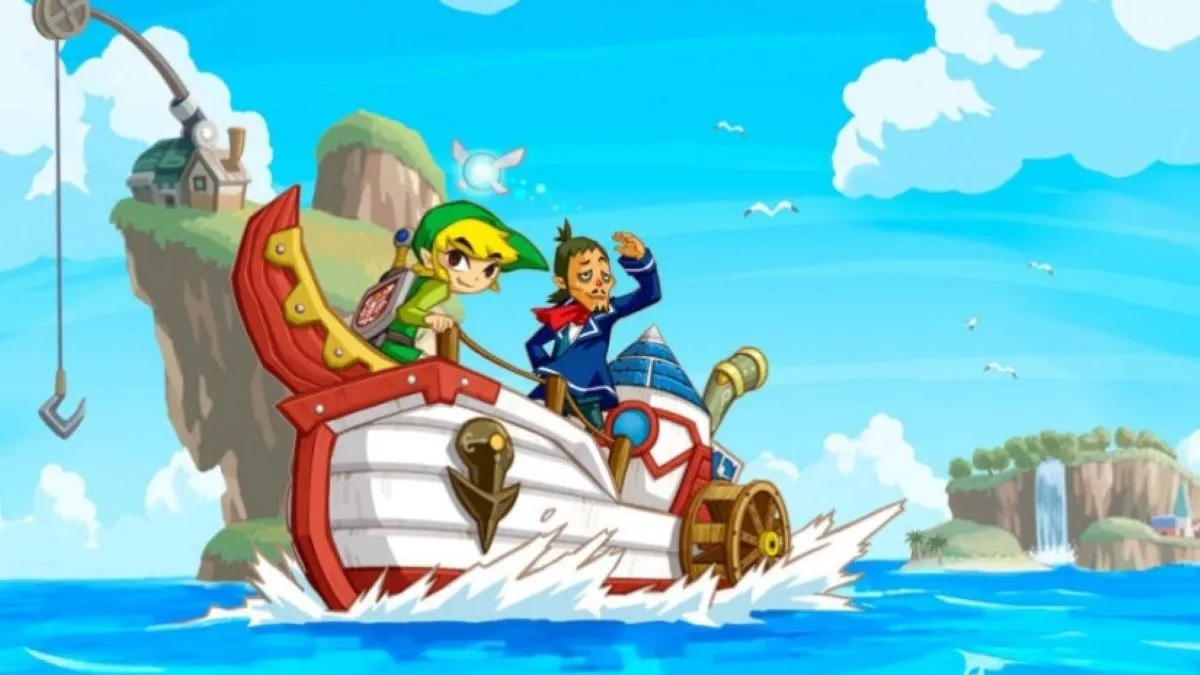
Playing through every The Legend of Zelda game was a overall a very fun experience, but there was one game that I truly had an awful time with. Phantom Hourglass is the series’ debut on Nintendo DS and fully leans into the system’s touchscreen and stylus. You control Link with the touchscreen, slash your sword by swiping, and utilize his gadgets by drawing lines. It’s a fun gimmick but gets old fast, and lengthy play sessions left me with cramps in my hand from holding the tiny stylus for so long.
But it’s the truly awful Temple of the Ocean King that cements this as the worst Zelda game. This is a stealth-based dungeon full of deadly semi-invincible enemies that’s on a strict timer. Worse, you have to visit it six times during the game, and each time the puzzles reset and it gets longer. Sure there are shortcuts, but having to play through a bad dungeon six times? Eesh.
18. Zelda II: The Adventure of Link (NES, 1987)
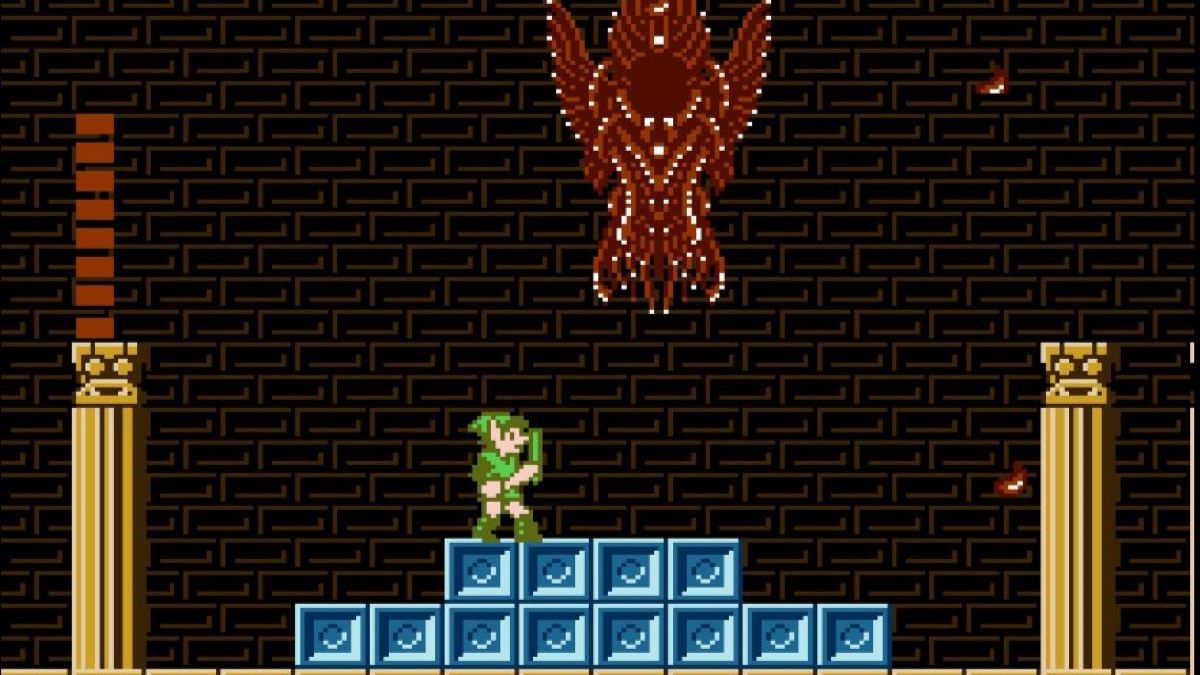
Nintendo’s constant desire to innovate has resulted in some gems, but sometimes trips it up. The first sequel to The Legend of Zelda tosses out the entirety of the first game’s design for a platformer/RPG hybrid that’s conceptually interesting, but not much fun to actually play. The mechanics are half-baked, the difficulty level is absurdly high, and it’s almost impossible to figure out what the game wants you to do without a guide.
Modern players have the benefit of save states to inch through the game, though we first played this on original hardware and were left baffled and frustrated. For completionists and video game historians only.
17. Spirit Tracks (Nintendo DS, 2009)

Nintendo’s second stab at a DS Zelda keeps the stylus controls of Phantom Hourglass but mercifully ditches the repeated dungeon. It replaces it with… trains! Whether a train-based Zelda really fits with the franchise’s aesthetic is up for debate, though we can’t deny that the musical theme that plays when you’re trundling around the map is a straight banger. Plus, you can toot your horn in time with the music!
Though we’re never going to be a fan of playing with a tiny stylus, at least the dungeon design has improved from Phantom Hourglass and we like having a spectral Princess Zelda as a teammate who can possess giant suits of armor. If you have to play one DS Zelda, make sure it’s this one.
16. Oracle of Seasons (Game Boy Color, 2001)
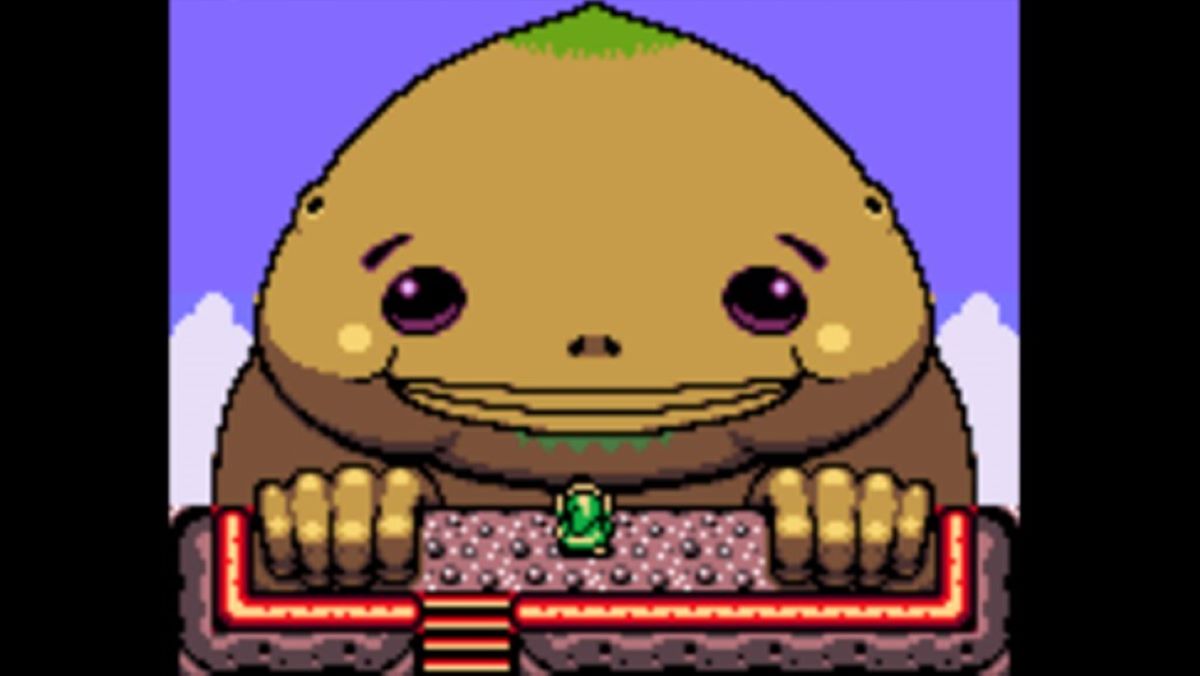
Many group Oracle of Seasons and Oracle of Ages together as one game, though they’re actually two very distinct Zelda adventures despite their simultaneous development and plot links. More on Ages later, but we found Seasons a fairly miserable experience. It’s a very difficult 2D Zelda (that’s noticeably stingy with hearts) and is filled with fiddly bosses that can kill you in seconds.
Capcom’s Zelda collaborations with Nintendo see the franchise taking some baby steps into new territory and puzzles based around cycling between various seasons of the year are interesting, though we just didn’t enjoy this handheld Zelda adventure very much.
15. The Legend of Zelda (NES, 1986)
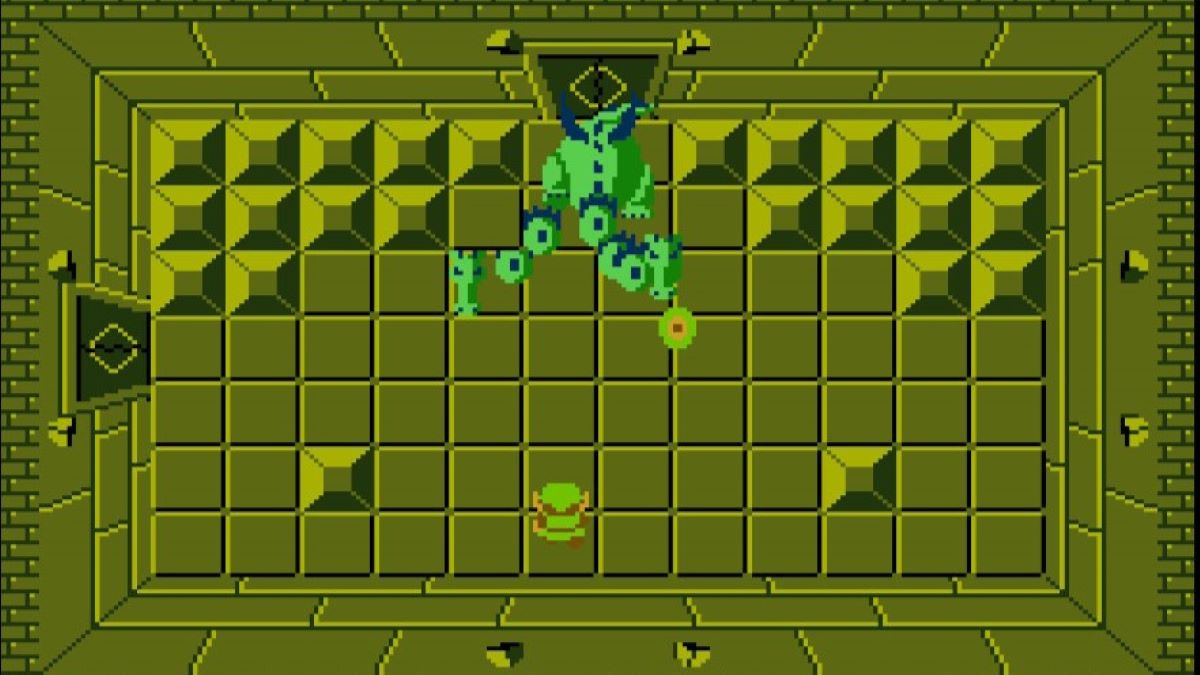
This is where Link’s adventure began and though subsequent games would dramatically expand the gameplay, this remains a fun (if difficult) 8-bit adventure. If you decide to pick it up, you may be surprised by how much of the Zelda design template was decided right here.
Almost all the building blocks of the franchise are present. You gradually collect tools like bombs, boomerangs and a bow. There’s a musical instrument item you play to solve puzzles, familiar bosses, and, over everything, the looming threat of Ganon. More conceptually, the game nails that idiosyncratic Zelda gloom of a fantasy world either teetering on the edge of apocalypse or recovering from it.
Go in with a walkthrough and be prepared to use save states, but this remains one of the greatest NES adventures ever.
14. Four Swords (Game Boy Advance, 2003)
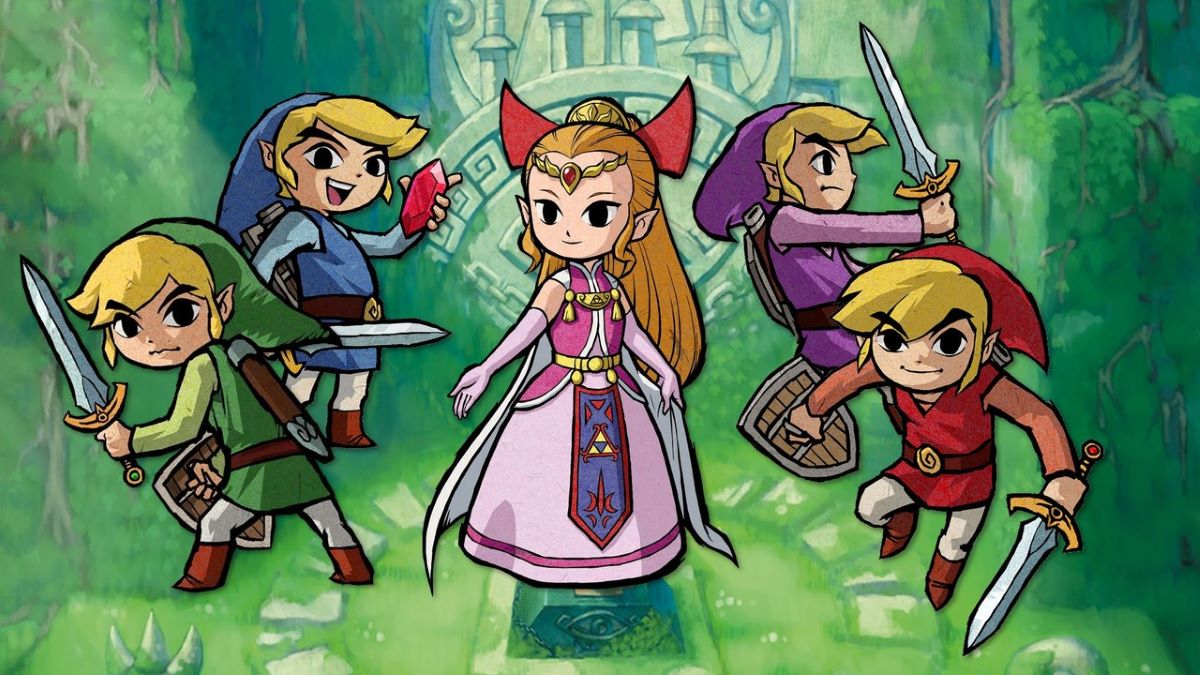
Probably the most obscure game on this list, though it’s something of a secret gem. This four-player multiplayer adventure was first released as part of the Game Boy Advance port of A Link to the Past and required each player to have a Game Boy Advance (fair enough), their own copy of the game (annoying, but it was 2003 so okay) and several link cable peripherals to connect everything up (ugh).
Fortunately, in 2011, Nintendo re-released it as Four Swords Anniversary Edition on DSiWare. This version of the game included a new and slightly reworked single-player mode and wireless multiplayer – and best of all, it was free! The only downside was that it was available for just a few months (and for one week in 2014) and hasn’t returned since. But I’ve got a copy and, even in single-player, it’s a surprisingly fun experience with a lot of cool nods to the series’ past.
13. Twilight Princess (GameCube/Wii, 2006)
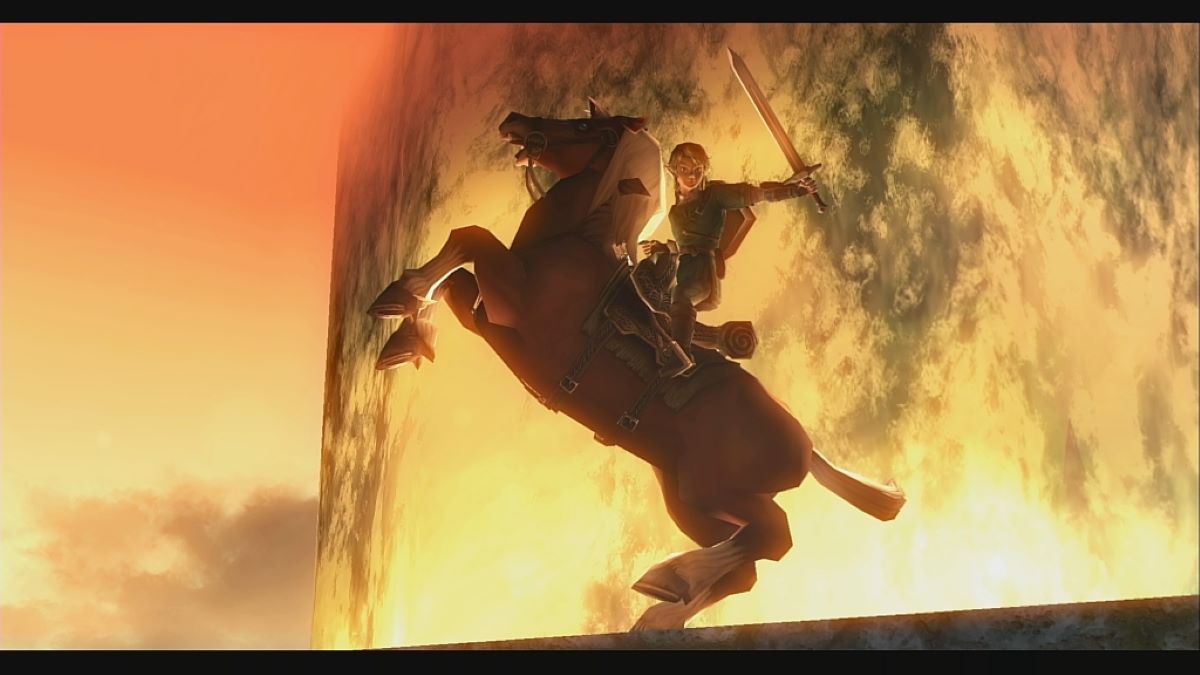
Nintendo has often subverted what players want from Zelda, but in Twilight Princess they decided to lean hard into what they thought players wanted. The result is a game with a drab and somewhat serious atmosphere that sticks like glue to the template laid down by Ocarina of Time. It’s far from a bad game and we quite like Wolf Link, but in a series studded with truly excellent games this inevitably lands somewhere near the middle of the list.
That said, it does have some very memorable dungeons. You’d have to be cold-hearted not to smile at Snowpeak Ruins, which transplants the dungeon template onto a ruined mansion occupied by two lovebird Yetis. Twilight Princess got an HD Remaster on Wii U, though Nintendo has shown absolutely no interest in porting that to Switch. Maybe someday it’ll arrive, but if you want a bread n’ butter Zelda adventure, this won’t let you down.
12. Skyward Sword (Wii, 2011)
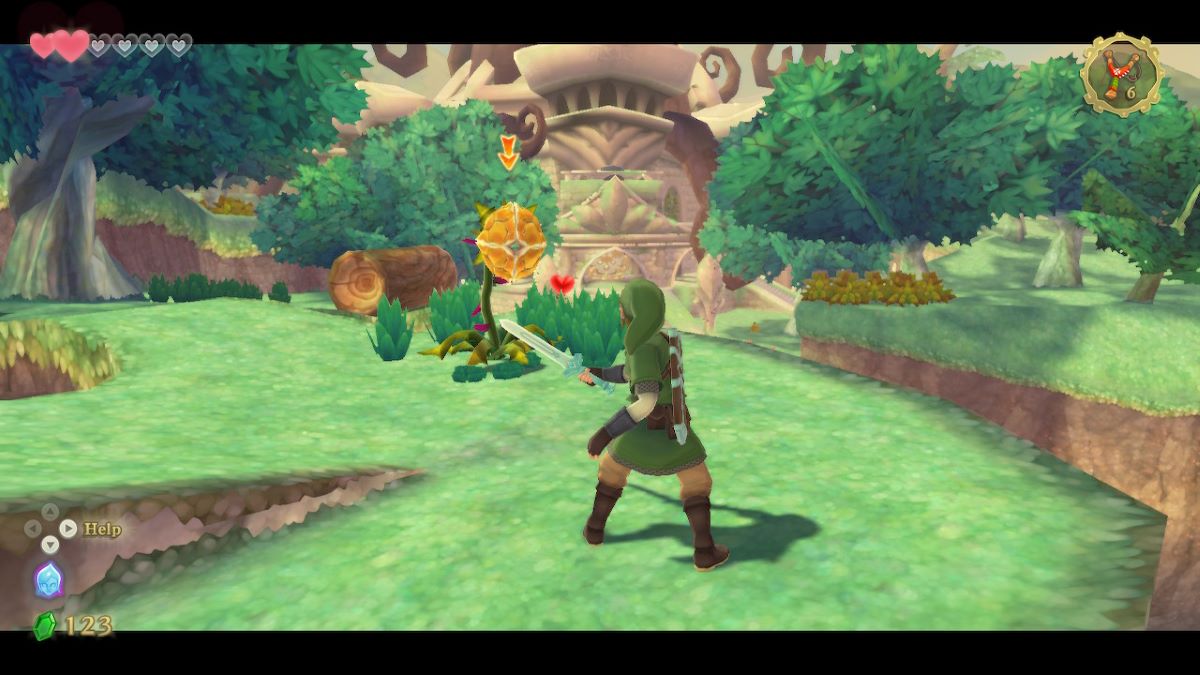
Motion controls are always going to be divisive and Skyward Sword, the Wii’s Zelda entry entirely designed around the WiiMote and MotionPlus, remains a bugbear for many gamers. But I played it on the Wii on its original release and more recently on the excellent Switch port, and both times the controls worked fine. The motion-controlled swordplay was accurate and satisfying, the gadgets are fun to use, and the painterly style more than compensates for the graphical shortcomings of the Wii.
There are a couple of flies in the ointment. Your new companion Fi just doesn’t shut up, constantly badgering you with unwanted tips and taking every available opportunity to interrupt gameplay. Fortunately, the Switch version dials this right back and somehow the game even works fine in handheld mode without motion controls. It’s never going to be a top-tier Zelda adventure, but we have a soft spot for it.
11. Four Swords Adventures (GameCube, 2004)
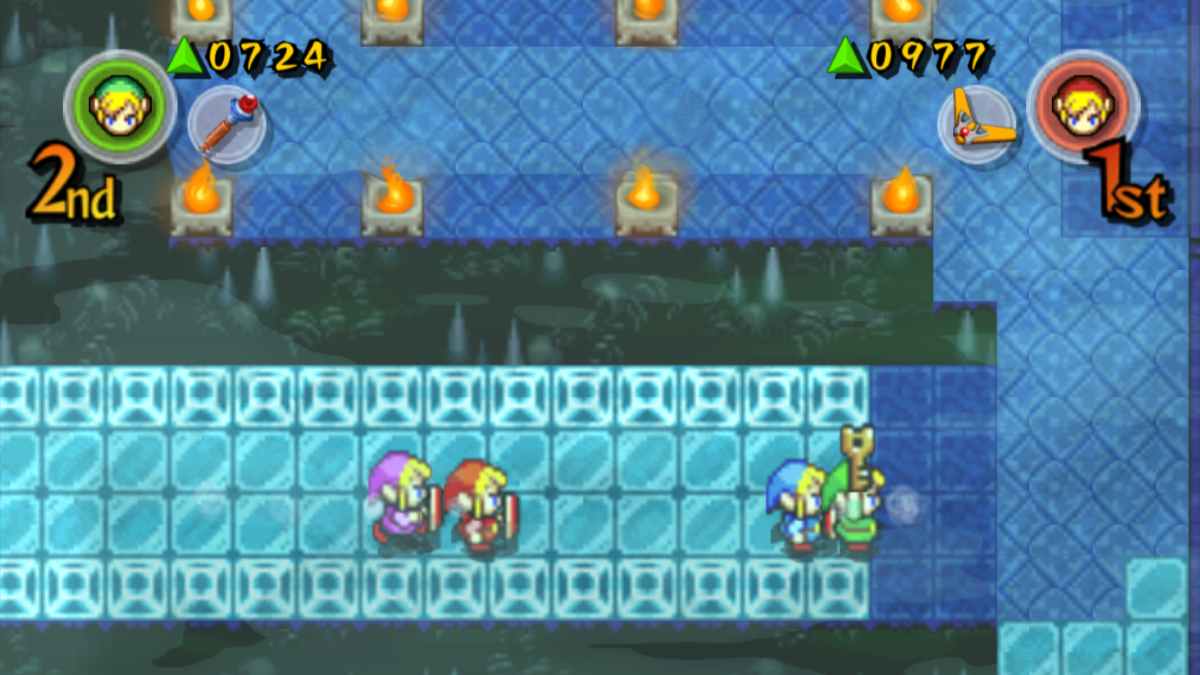
Even by the standards of Nintendo, this one is a headscratcher. Four Swords Adventures refines the cooperative gameplay of Four Swords for a brilliant 2D adventure, taking inspiration from classic A Link to the Past sprite art. The downside? It’s a GameCube exclusive and to enjoy it to its fullest you’ll need four Game Boy Advances, four GBA to GameCube link cables, and three friends.
I’m lucky enough to have played Four Swords Adventures like this and it’s a blast. The game is split between the TV and the Game Boy Advance screens, meaning that if you enter a house or cave, the action will move to the second screen. It’s sad that Nintendo has never seen fit to re-release this, as we think it’d go down a treat on Switch with just a few minor modifications.
10. Oracle of Ages (Game Boy Color, 2001)
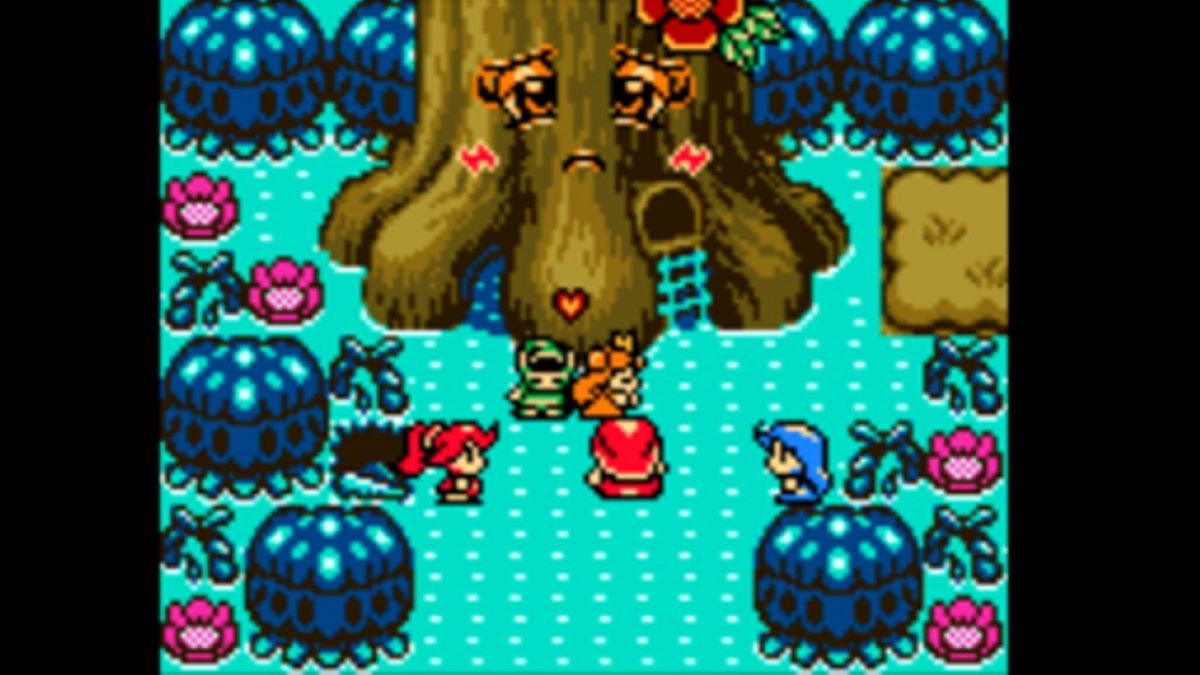
After struggling through Oracle of Seasons, I wasn’t particularly looking forward to Ages, but this sister game clicked in a way its twin sibling never did. Broadly speaking, the focus of Seasons is combat and Ages is about puzzles, tasking you with cycling through time periods to save Hyrule. This leads to some of the thorniest and most head-scratching dungeons in the franchise’s history, with the dungeons often being one giant mechanism you must figure out how to manipulate.
These Game Boy Color adventures will soon be available on the Switch Online Game Boy service and, if you want to dip your toe into these two relatively unsung games, we wholeheartedly recommend choosing Oracle of Ages over Oracle of Seasons.
9. A Link Between Worlds (3DS, 2013)
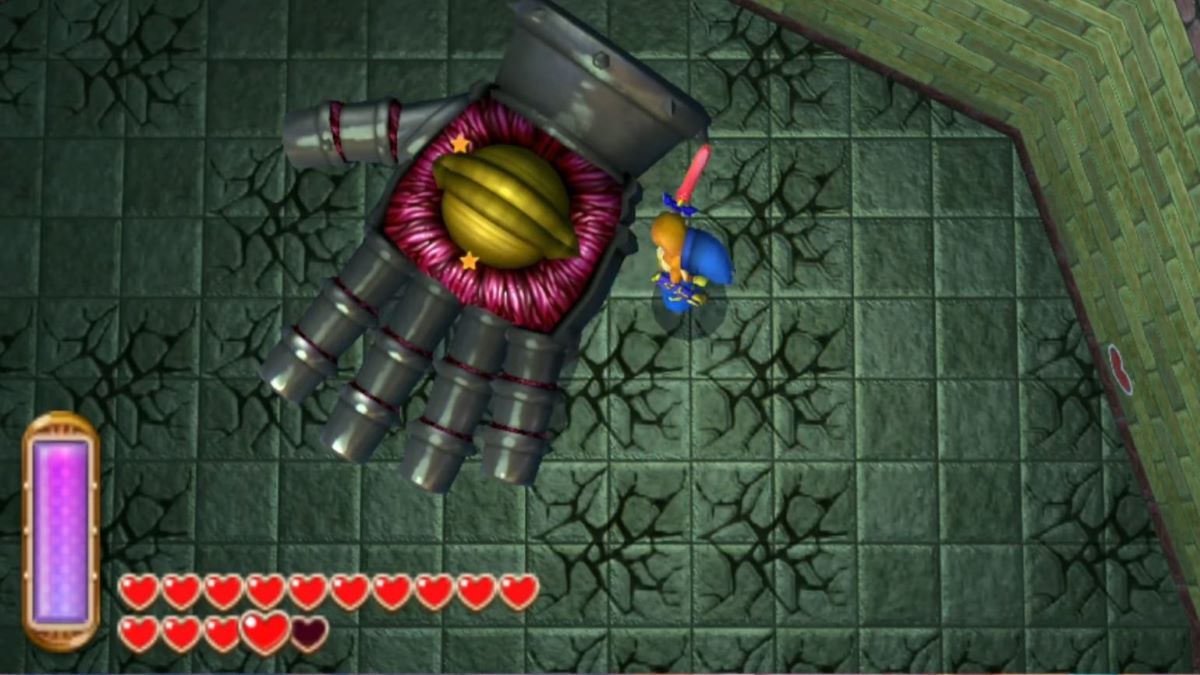
SNES classic A Link to the Past is one of the most renowned titles in the franchise, and A Link Between Worlds builds upon them to impressive effect. Though the basic overworld/dungeon design remains intact, there’s a spanner thrown in the works through the item rental system. You have access to whatever tool you need from just after the beginning of the game and simply pay rupees to rent them. Die, and they’re returned to the store owner.
It sounds like an annoyance but works surprisingly well and sidesteps the tired formula of once again having to track down Link’s basic tools at the beginning of a game. Unlike the DS games, you directly control Link, though there are some fun touch-screen gimmicks tossed in along the way. The cherry on top is the smart use of the handheld’s 3D capabilities, making you feel like you’re peering through the screen into a miniature world.
8. The Minish Cap (Game Boy Advance, 2003)
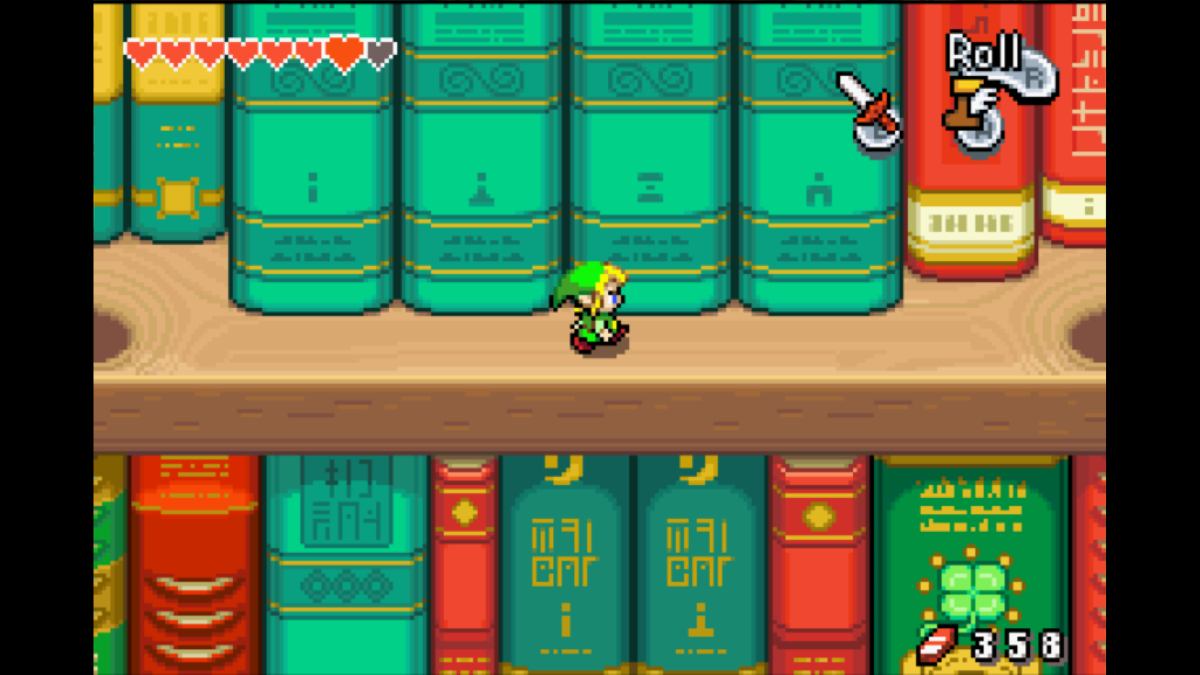
The final entry in Capcom’s Zelda work is one of the most underrated games in the franchise. The gimmick here is that Link can shrink down to the size of an insect, resulting in a Honey, I Shrunk the Kids style adventure as you suddenly see the world from a fresh perspective. One of the neatest twists is that commonplace enemies like Octoroks are blown up to boss fight size, with the large and detailed sprites taking full advantage of what the Game Boy Advance could do.
For years this was stuck on the creaky old platform, but more recently has been enjoyed by a wider audience as part of the Switch Online library. For us, this combines the best of classic 2D Zelda with a more modern (well, twenty-year-old) sensibility.
7. Link’s Awakening (Game Boy, 1993)
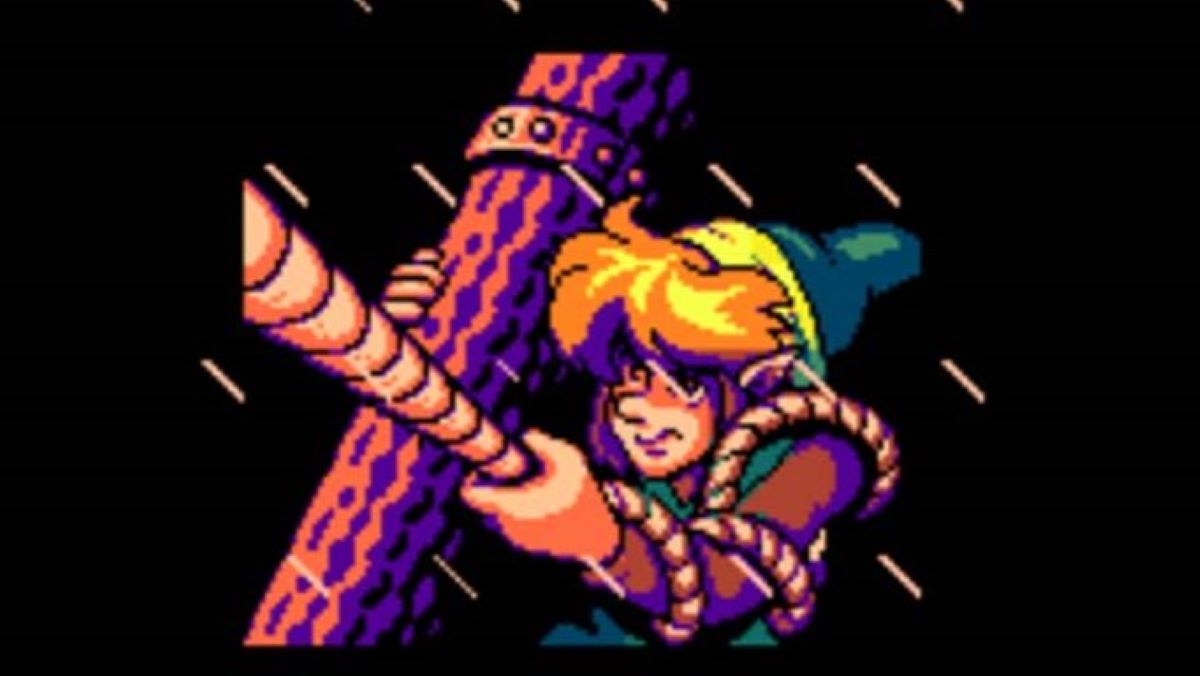
Squeezing an adventure like Link’s Awakening onto a tiny Game Boy cartridge remains an impressive feat, to say nothing of it being such a memorable and weird spin on the Zelda formula. Link’s journey through Kolohint Island and mission to awaken the Wind Fish is quietly creepy and evocative, playfully bringing in characters from the Mario franchise for cameos.
Someone at Nintendo is clearly a fan. It got a re-release on Game Boy Color in 1998 as Link’s Awakening DX and a full-fat Switch remake in 2019. The remake is an incredible game with a tilt-shifted art style to die for, though if you want to experience the game in its original form, make a beeline for the DX release. Even after so many other Zelda adventures, this one remains lodged in memory.
6. The Wind Waker (GameCube, 2003)
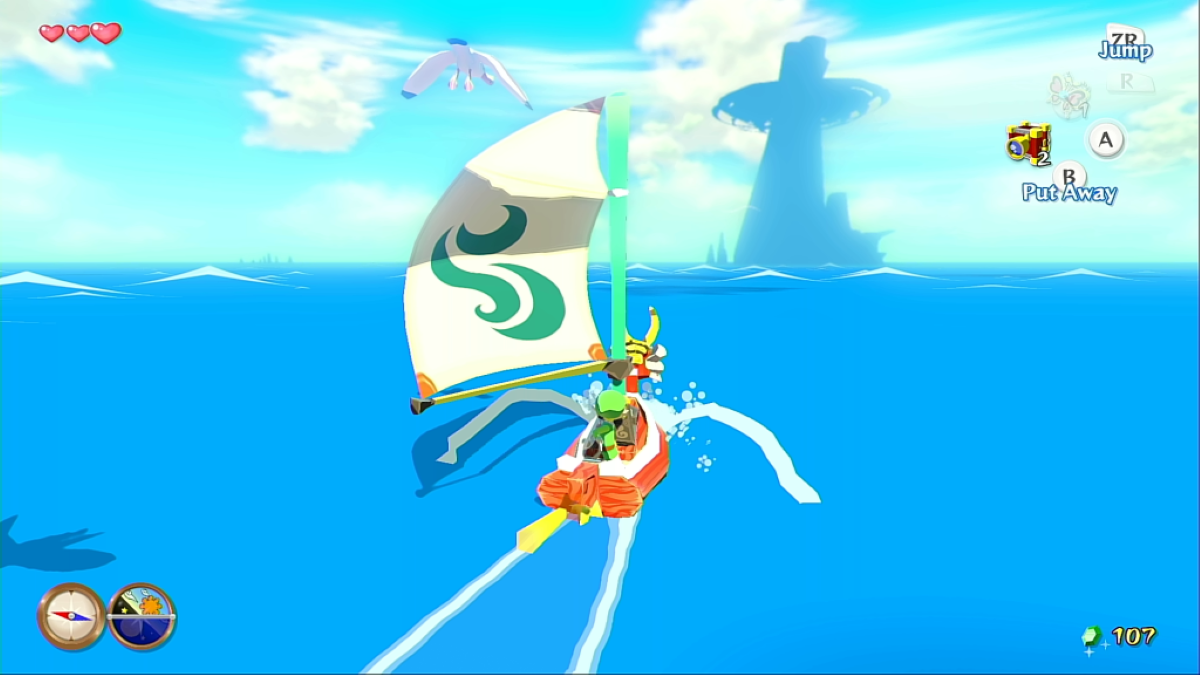
From here on, all the games on this list are cast iron classics, not just within the franchise but in gaming as a whole. I vividly remember the internet’s horrified reaction to the reveal that The Wind Waker would be cartoony and cel-shaded, with the game instantly dubbed “Celda” by cranky gamers. Nintendo really only had itself to blame for this, as it had teased an Ocarina of Time-style demo when promoting the GameCube.
We’re now two decades on and The Wind Waker turns out to have aged like a fine wine. The stylized graphics remain utterly beautiful, whether in the GameCube original or the slightly softer-looking Wii U remake. That, and the simple serenity of sailing through the ocean, make up for a lack of dungeons and the somewhat dull Triforce hunt toward the end of the game.
It’s a crime this isn’t on Switch. C’mon Nintendo!
5. A Link to the Past (Super Nintendo, 1991)
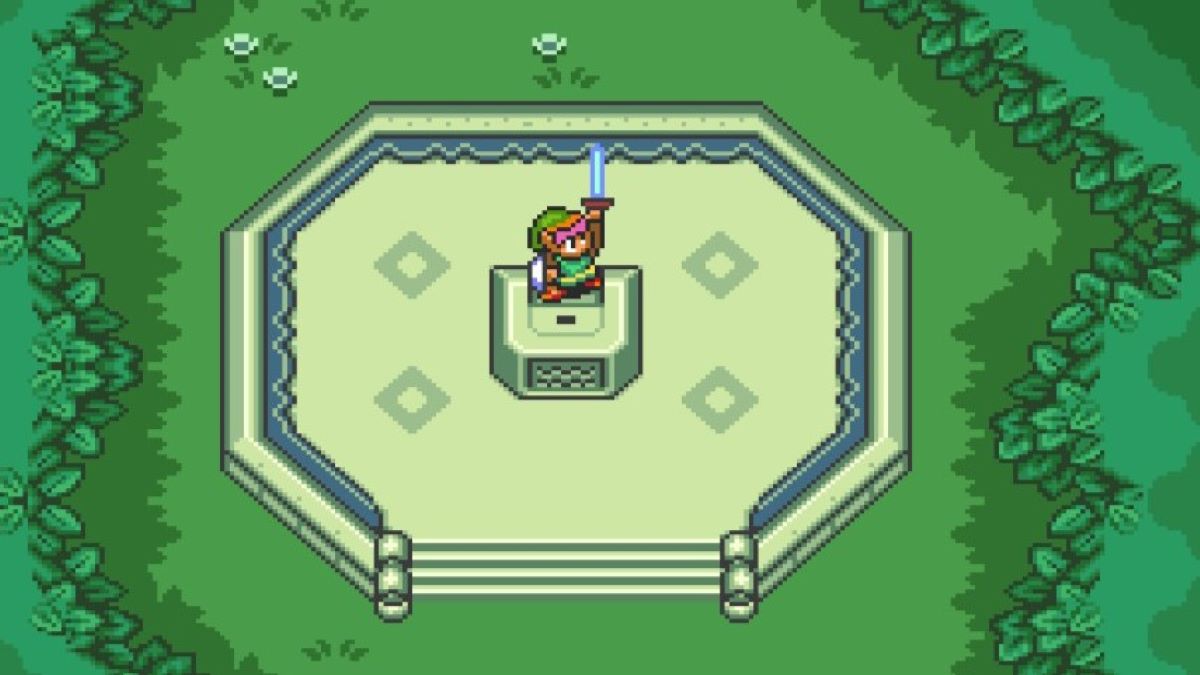
The Super Nintendo can boast one of the finest game libraries in history, though even up against greats like Chrono Trigger, Yoshi’s Island, Final Fantasy VI, Donkey Kong Country, and Street Fighter II, A Link to the Past stands out a mile. It’s huge, ambitious, funny, slightly unnerving, and still plays as well today as it did in 1991.
A Link to the Past is the game that cemented the Zelda formula of overworld exploration and dungeon-based puzzle solving, which would remain in place right up until Breath of the Wild, so, so many years later. Our only recommendation is that if you’re approaching for the first time, avoid guides and spoilers, as we loved discovering this story’s twists for ourselves on our first playthrough all those years ago.
4. Ocarina of Time (Nintendo 64, 1998)
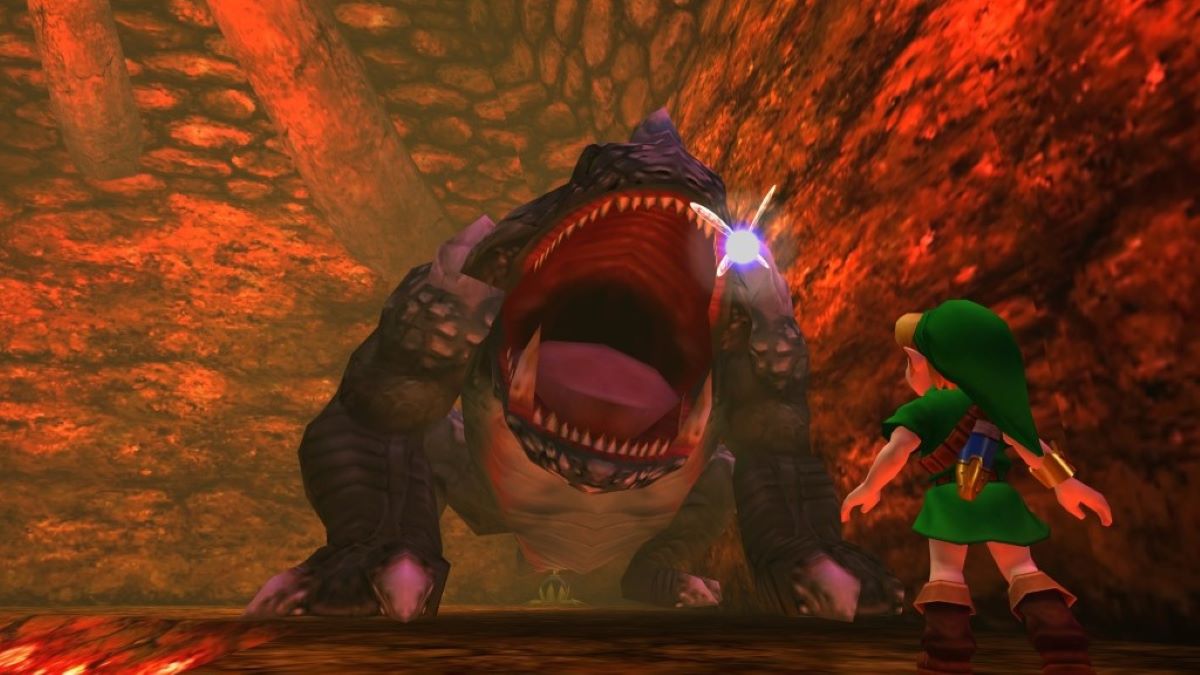
With Super Mario 64, Nintendo proved it had what it took to bring its classic franchises into the polygonal era. Even so, translating the complex puzzle-solving and combat of Zelda to 3D was an enormous undertaking and could easily have gone very wrong. The presence of Ocarina of Time at or near the top of “greatest game of all time” lists suggests it succeeded.
As far as I’m concerned, it deserves every accolade thrown its way. Even now, the original N64 version is atmospheric and exciting (once you adjust to the graphics, at least) and delivers a world that feels like it’s got a secret hidden around every corner if you explore hard enough. Perhaps we’re a little biased here as we vividly remember the excitement of unwrapping the game in Christmas 1998, but this is a solid gold classic.
3. Majora’s Mask (Nintendo 64, 2000)
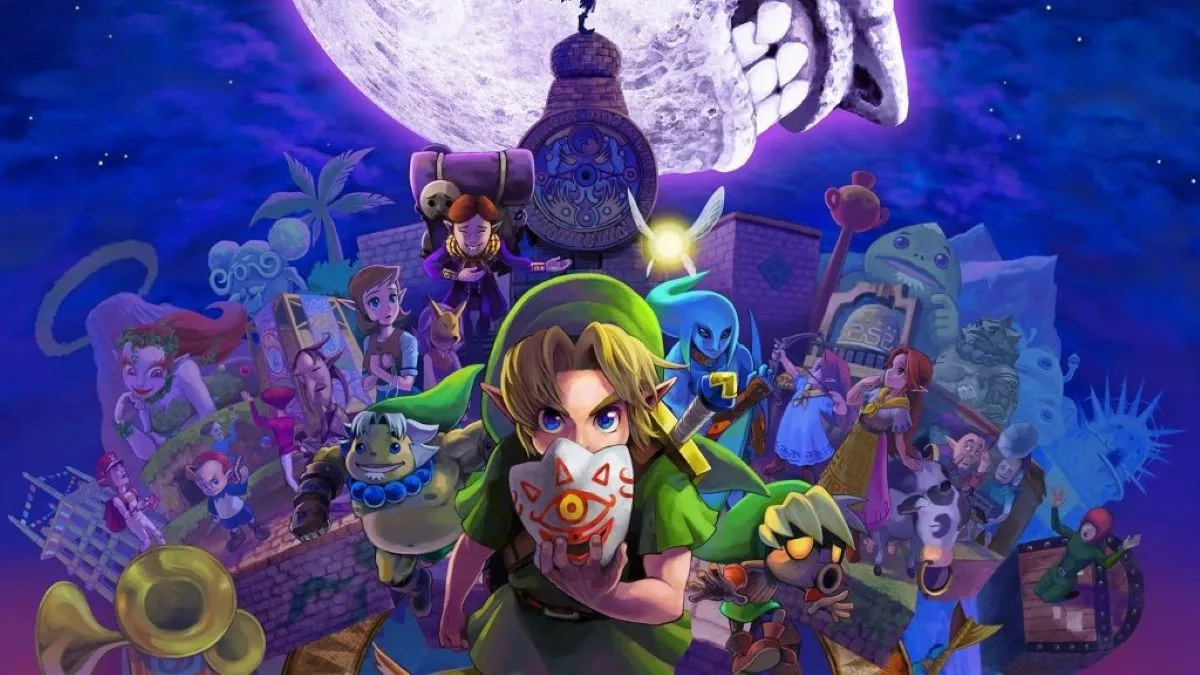
Majora’s Mask should have been a disaster. Developed by what was (at the time) something of a B-Team at Nintendo, it was tasked with using assets from Ocarina of Time and turning them into a new game. Oh, and the team had just one year to get it out of the door. Though this resulted in a supremely stressful development cycle, the result is genius.
With the apocalypse literally hanging over your head, you have three days to save the world, though at the deadline you simply loop back around to day one. The ticking clock is stressful, but learning how to manipulate the time loop and the routines of the world is absurdly satisfying. It’s also by far one of the creepiest Zelda games, and the darker atmosphere pays off in spades. Play it.
2. Breath of the Wild (Wii U/Switch, 2017)
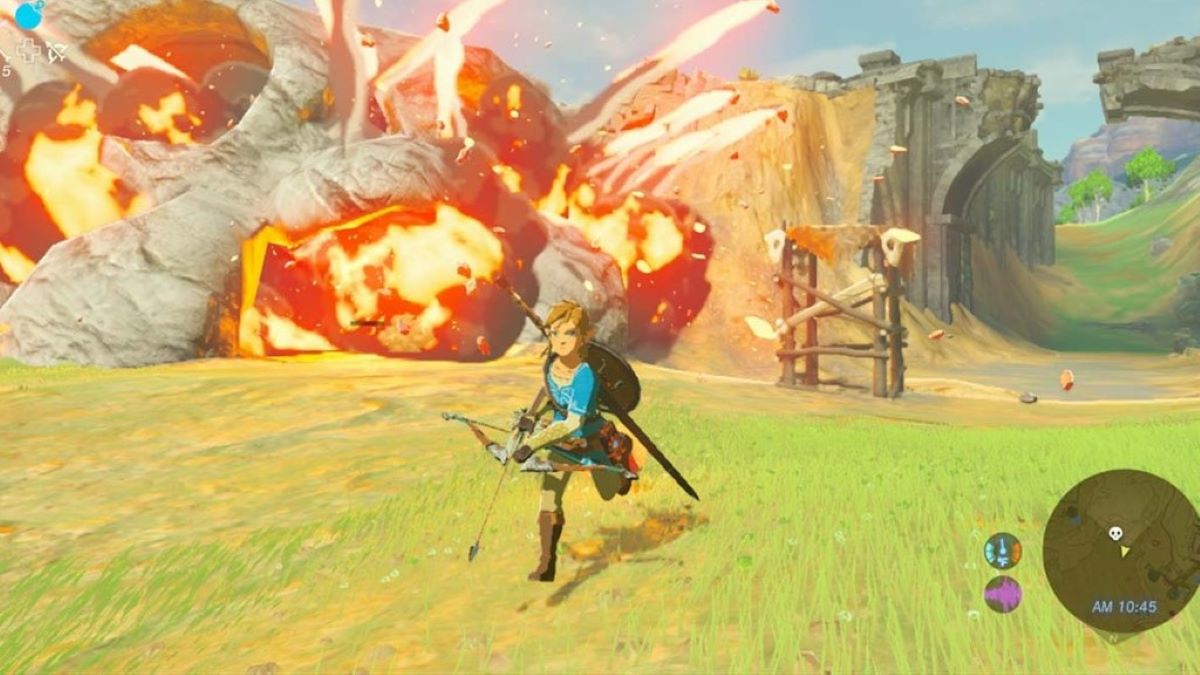
By the mid-2010s, many critics were accusing Zelda of having become formulaic. Nintendo’s response was to sweep away everything we thought a Zelda game was and replace it with a dizzyingly large open world to explore at your leisure. I don’t know where to begin when singing Breath of the Wild‘s praises. In 2017, the game siphoned away large chunks of my day as I immersed myself in this post-apocalyptic Hyrule and its gargantuan array of secrets.
I’ll even go to bat for the controversial weapon degradation system. Yes, it’s annoying when a great weapon breaks and you have to resort to using a wooden stick, but it means you’re constantly having to improvise with what’s to hand, keeping gameplay feeling fresh. Breath of the Wild was exactly the shake-up Zelda needed and we hope it sets a new template for the next few decades of the series.
1. Tears of the Kingdom (Switch, 2023)
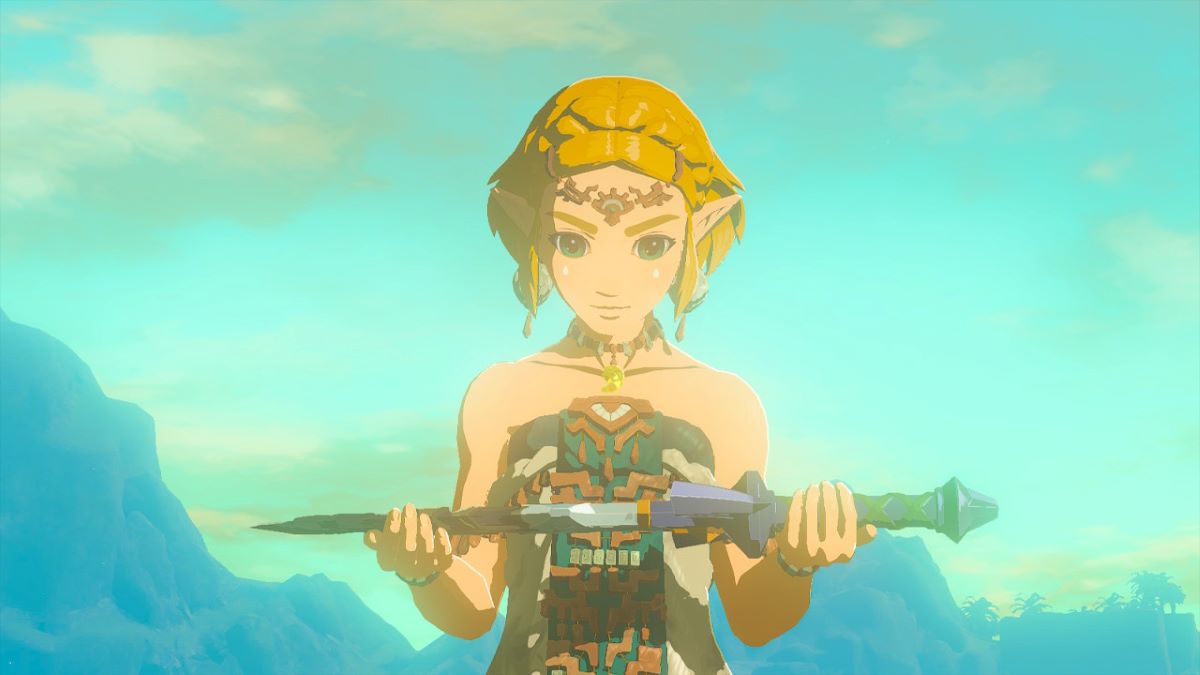
As of writing, it’s been less than a week since Tears of the Kingdom hit the Nintendo Switch, arriving to a flood of perfect reviews and delighting millions of players around the world. We’re aware of recency bias but we have to put it top of the list, as if Breath of the Wild was the previous champion and Tears of the Kingdom is almost objectively better than it in every single way, what else can we do?
This is a stupendous achievement from Nintendo, taking the foundations of the previous game and adding a dizzying amount of new content. The map is bigger, Hyrule feels more alive, the story is compelling, and it looks dazzlingly beautiful. But it’s the Ultrahand, Fuse and Revert mechanics that really propel this game forward, hugely expanding the creative prospects for the player. With Tears of the Kingdom Nintendo has raised the bar for not just the Zelda franchise but for the gaming industry as a whole.
It’s never been better to be a Zelda fan than right now.

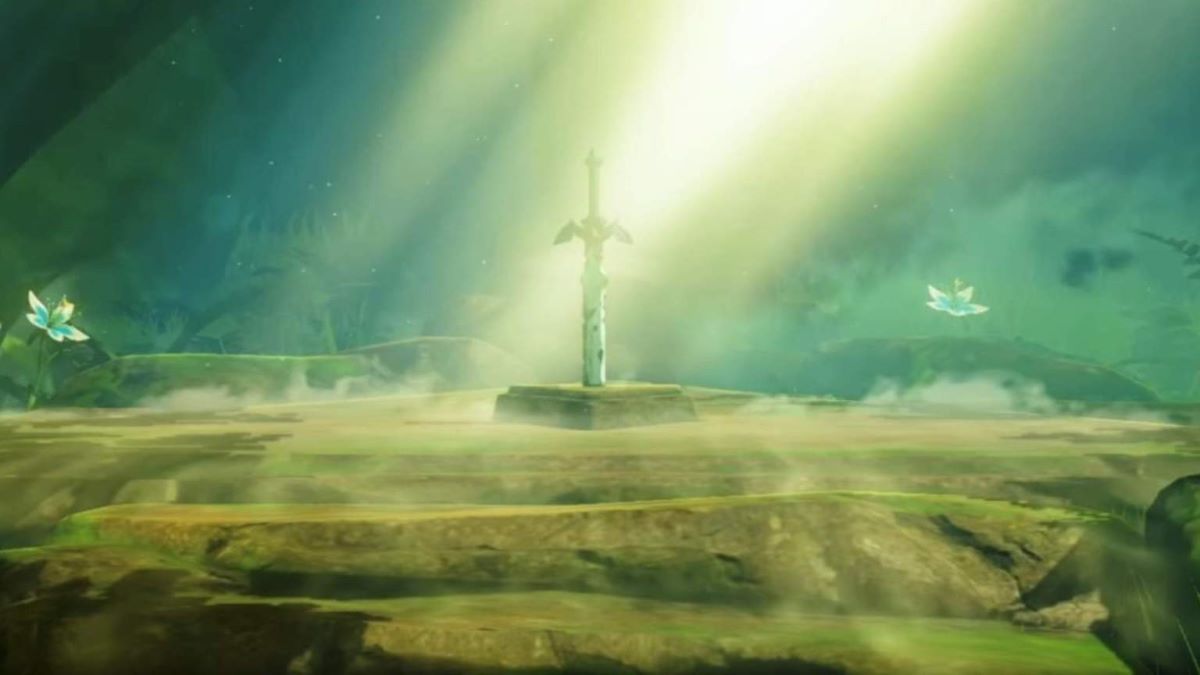









Published: May 18, 2023 12:41 am